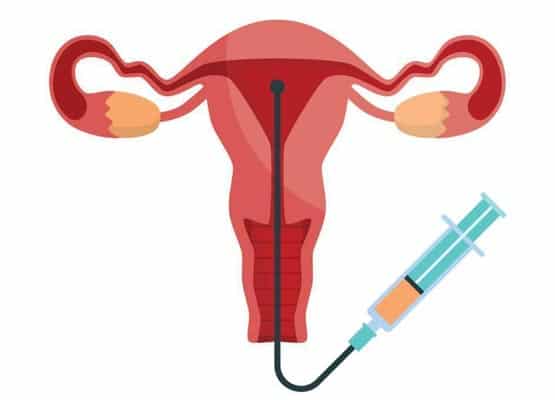Breast excision, also known as a lumpectomy or partial mastectomy, is recommended in several situations, primarily when there is a need to remove a portion of the breast tissue for diagnostic or therapeutic purposes. Here are common scenarios when breast excision may be recommended:
- Suspicious Breast Lump or Tumor: Breast excision is often recommended when a mammogram, ultrasound, or clinical examination detects a suspicious lump or tumor in the breast. The excised tissue is then examined to determine whether it is cancerous or benign.
- Breast Cancer Diagnosis: In cases where a biopsy confirms the presence of breast cancer, breast excision may be recommended as part of the treatment plan. It allows for the removal of the cancerous tissue while preserving as much of the breast as possible.
- Ductal Carcinoma In Situ (DCIS): DCIS is a non-invasive form of breast cancer where abnormal cells are found in the lining of a breast duct but have not spread outside the duct. Breast excision may be recommended to remove the affected duct and prevent the potential progression to invasive cancer.
- Large or Multiple Benign Tumors: In cases of large or multiple benign tumors (such as fibroadenomas) that cause discomfort or concern, breast excision may be recommended for removal and to alleviate symptoms.
- Abnormal Breast Changes: Breast excision may be considered when there are abnormal changes in breast tissue, such as atypical hyperplasia or other precancerous conditions, which may pose an increased risk of developing breast cancer.
- Tumor Localization for Radiation Therapy: In some cases, breast excision is recommended to precisely localize a tumor for targeted radiation therapy. This is common in breast-conserving treatments where only the tumor and a margin of surrounding tissue are removed.
- Residual Tumor Removal After Neoadjuvant Therapy: For individuals who receive neoadjuvant therapy (chemotherapy or hormone therapy before surgery), breast excision may be recommended to remove any remaining tumor tissue after treatment.
- Genetic Mutations and High-Risk Individuals: Individuals with a high risk of developing breast cancer due to genetic mutations (e.g., BRCA1 or BRCA2) may opt for prophylactic breast excision as a preventive measure.
It’s important to note that the decision to recommend breast excision is individualized based on factors such as the type and stage of breast cancer, the size and location of the tumor, the patient’s overall health, and their preferences. Patients should engage in thorough discussions with their healthcare team to understand the reasons for recommending breast excision, potential risks and benefits, and available alternative treatments.
Take the first step towards empowered breast health. Schedule your consultation with Dr. R.K. Saggu, the trusted oncoplastic breast surgeon in Delhi.




